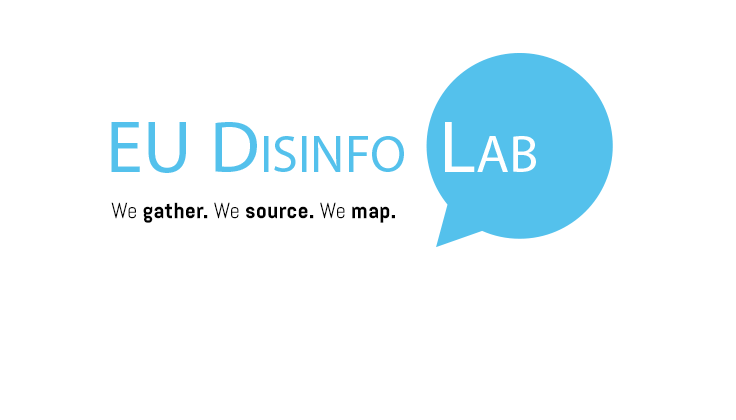By the EU DisinfoLab Research Team
Over the past years, the EU DisinfoLab has been closely monitoring disinformation trends in Europe through fact-checkers’ work, whose debunks were analysed according to an original methodology presented hereafter.
Using data from fact-checkers – currently in France, Germany, and Spain – is an efficient way to grasp the general evolution of disinformative narratives circulating online. Of course, fact-checkers can only focus on a portion of disinformation, but we believe this should not be understood as a drawback, as it offers an overview of the (dis)infosphere, grasping a variety of topics shared on multiple platforms by a plurality of actors in diverse formats. Moreover, relying on the work of expert verifiers assures us that the content is indeed false or inaccurate.
An added value of our methodology is that it favours the comparison of hoaxes in the countries being monitored, allowing us to identify both domestic features of the disinformation landscape and cross-national trends. On the one hand, this qualitative manual coding process accounts for nuances that no automation could replace. On the other hand, data harmonisation can be challenging, as it inevitably entails an element of subjectivity that can be minimised but not eliminated. Nevertheless, trained researchers try to be as consistent and unbiased as possible.
Our unit of analysis is the single piece of disinformation debunked by fact-checkers, from which we extract a set of variables that are collected in an original data storage tool. It is our goal to make the 2022 data available to the community upon request by the end of the year. For now, this technical document presents the codebook guiding our work.


